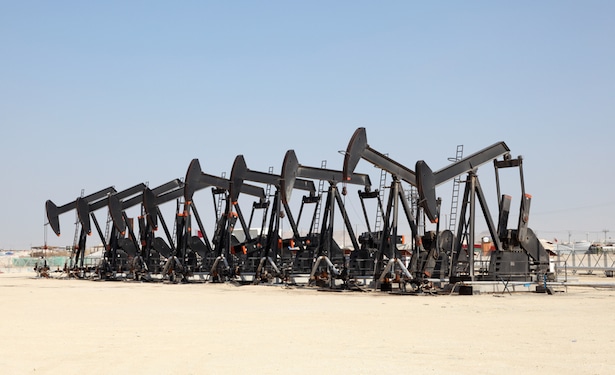The fact that Saudi Arabia produces nearly 10 million barrels of oil a day is not the only reason it’s been called “the central bank of oil.” The desert kingdom has earned that designation by using that massive output to have a singular influence on the oil market for decades. Most recently, it has used its heavy hand to help keep the average annual price of Brent crude hugging $110 for each of the past three years. With oil prices plummeting of late, then, it was reasonable to assume that Saudi Arabia would respond to the rout by encouraging its fellow members of OPEC to slash production at their meeting late last month.
That didn’t happen. OPEC’s decision to keep its production target unchanged sent oil prices even lower, and Brent hit a five-year low of $66.84 per barrel and West Texas Intermediate (WTI) closed at $63.05 on Monday. But the long-term implications of the decision may be far more significant than the short-term ones. It’s quite possible that the cartel has decided to abandon its long-held role as a swing producer that could dictate the direction of the market, says Credit Suisse oil analyst Jan Stuart.
In doing so, it’s effectively handing that responsibility to non-OPEC suppliers such as the U.S., Russia and Canada. U.S. shale producers will play a particularly important role in setting prices, Stuart says, because their output is growing fast—so much so that they helped the U.S. overtake Saudi Arabia as the world’s largest oil producer this year. It’s hard to predict exactly how U.S. shale will handle this role, especially since the industry is made up of hundreds of independent oil companies rather than a small cartel of nations that is used to making collective decisions. “It’s going to be a messy and uneven affair and will take a while,” Stuart says.
The U.S. shale companies will surely be reluctant to put new projects on hold or cut production right away, especially since many are used to the boom times and have promised shareholders rapid growth. But eventually they’ll have to: Credit Suisse estimates that the price of WTI needs to be about $75 per barrel for the industry to keep funding its growth shale fields. But supplies cannot fall all that fast. Industry inertia means that all else equal, the need to build inventory in the first quarter will most likely keep WTI prices at an average of $62 a barrel in the first quarter, according to Credit Suisse. As companies begin to curtail growth, WTI should rebound to $70 per barrel by the second quarter. The only saving grace for U.S. producers, Stuart says, would be a major disruption in global supply or a pick-up in demand. The former is not exactly the kind of thing a serious management team would count on and the latter is doubtful given sluggish growth in China, Japan and Europe.
– See more at: http://www.thefinancialist.com/the-oil-price-wars-have-begun/#sthash.xW2q0UXJ.dpuf

